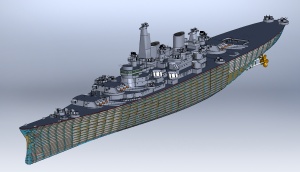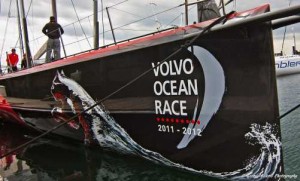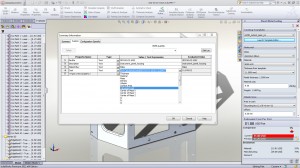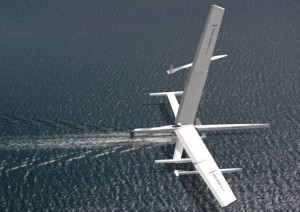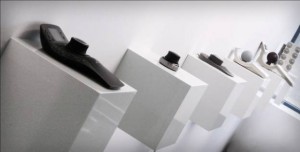Finite Element Analysis (FEA) is an advanced computer simulation technology used in engineering analysis. FEA is primarily a product design and testing technology, which is used to predict structural failures that occur in materials due to unidentified flaws such as stress. Based on finite element method (FEM)) technique, FEA simulations are conducted on parts and assemblies to highlight problem areas containing theoretical stresses within a material.
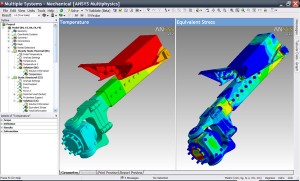
A new trend report on FEA by Global Industry Analysis, Inc. titled “Finite Element Analysis Software” indicates that the growing complexity of today’s products is further driving demand for FEA tools. Engineers and product designers and increasingly using CAD-integrated simulation tools to conduct virtual testing on products throughout the development process to verify real-world performance and optimize designs long before they exist in physical form. This also reduces the need for building physical prototypes, cutting design costs and speeding time to market.
The emergence of cloud and mobile-based FEA software represents a major development in the market, as it enables programmers to access the software and collaborate on results with anyone and from anywhere across the world.
Growing acceptance of Virtual Product Development (VPD) strategies in a wide range of industry verticals offers a strong platform for growth in the market. Emerging countries such as Brazil, China, India, and Korea with their expanding manufacturing base and adoption of virtual product design, simulation, staging, and digital manufacturing practices, are forecast to emerge as lucrative markets for growth in the coming years.
The trend report provides cursory insights into the market, technology, R&D and corporate initiatives of companies worldwide. Companies covered in the report include Ansys Inc., Autodesk Inc., Collier Research Corporation, Cranes Software International Ltd., Dassault Systemes SA, Fedem Technology AS, Intuition Software, NEi Software Inc., PDE Solutions Inc., Rockfield Software Ltd., and Vieux Inc., among others.
The report provides a review of market prospects working process, classification, benefits, drawbacks, and applications of FEA along with several strategic industry activities of major companies worldwide. The report also discusses XFEM, an advanced version of FEM, the major applications of FEA in key end-use segments, including automotive and aerospace, healthcare, and architectural design.
For more details on this report, click here.
Barb Schmitz



